
6 min read
The Provenance of Craft: Natural Materials and Their Cultural Roots
WLLW traces the deep roots of natural materials used in artisanal crafts and their role in healthy and sustainable design.

5 min read
Amid automation and instant gratification, craft reconnects us to materiality, history and intention.
Craft has long been an expression of human ingenuity, identity and resilience. Today, however, as technology continues to accelerate production and consumption, craft has entered an era of both challenge and renewal. The tension between technological advancement and artisanal craftsmanship raises a question – what place does craft hold in a world increasingly defined by digital precision, automation and mass production? The answer lies not only in its material significance but also in its impact on wellbeing, sustainability and the deeper connection between human hands and the objects we live with.
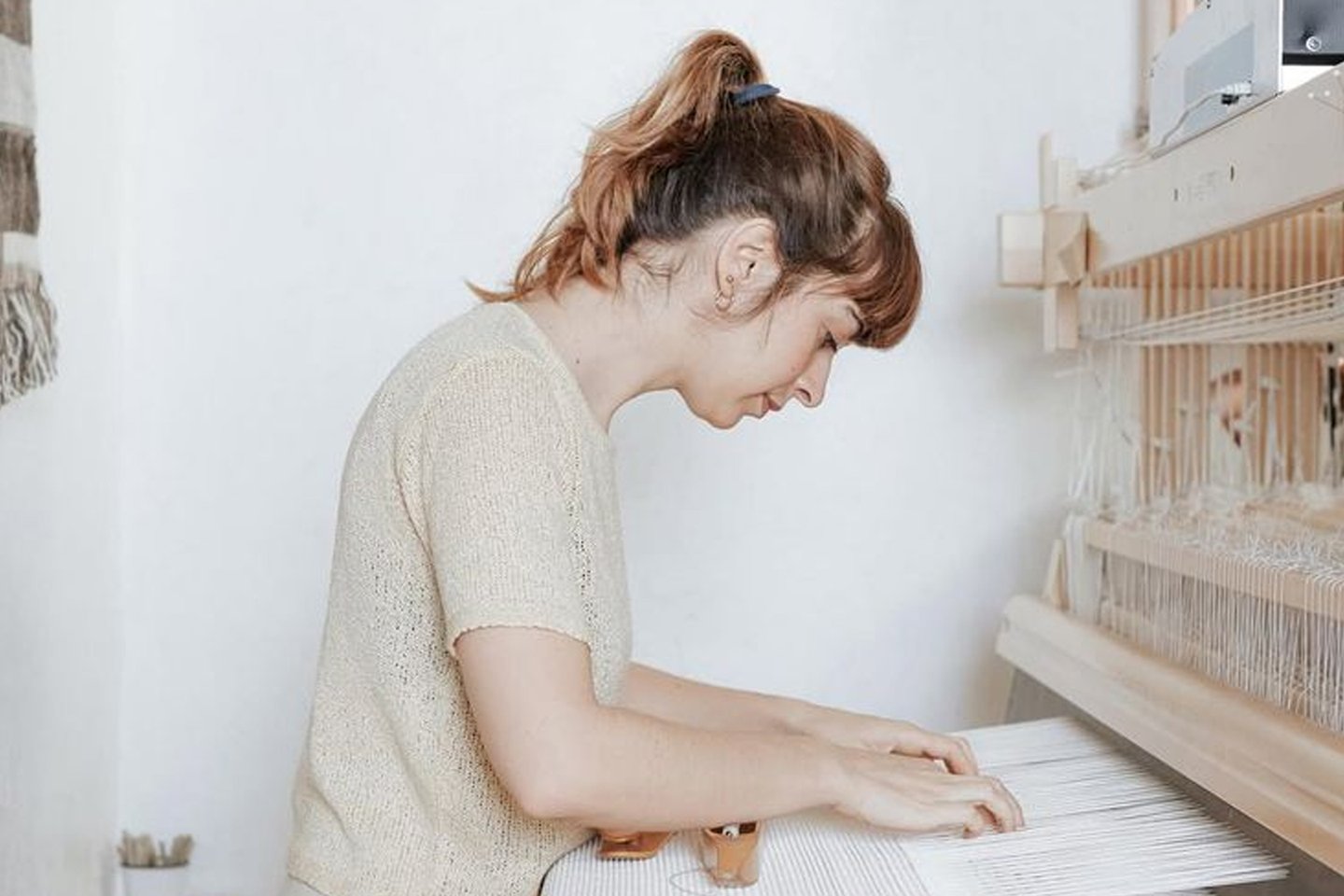
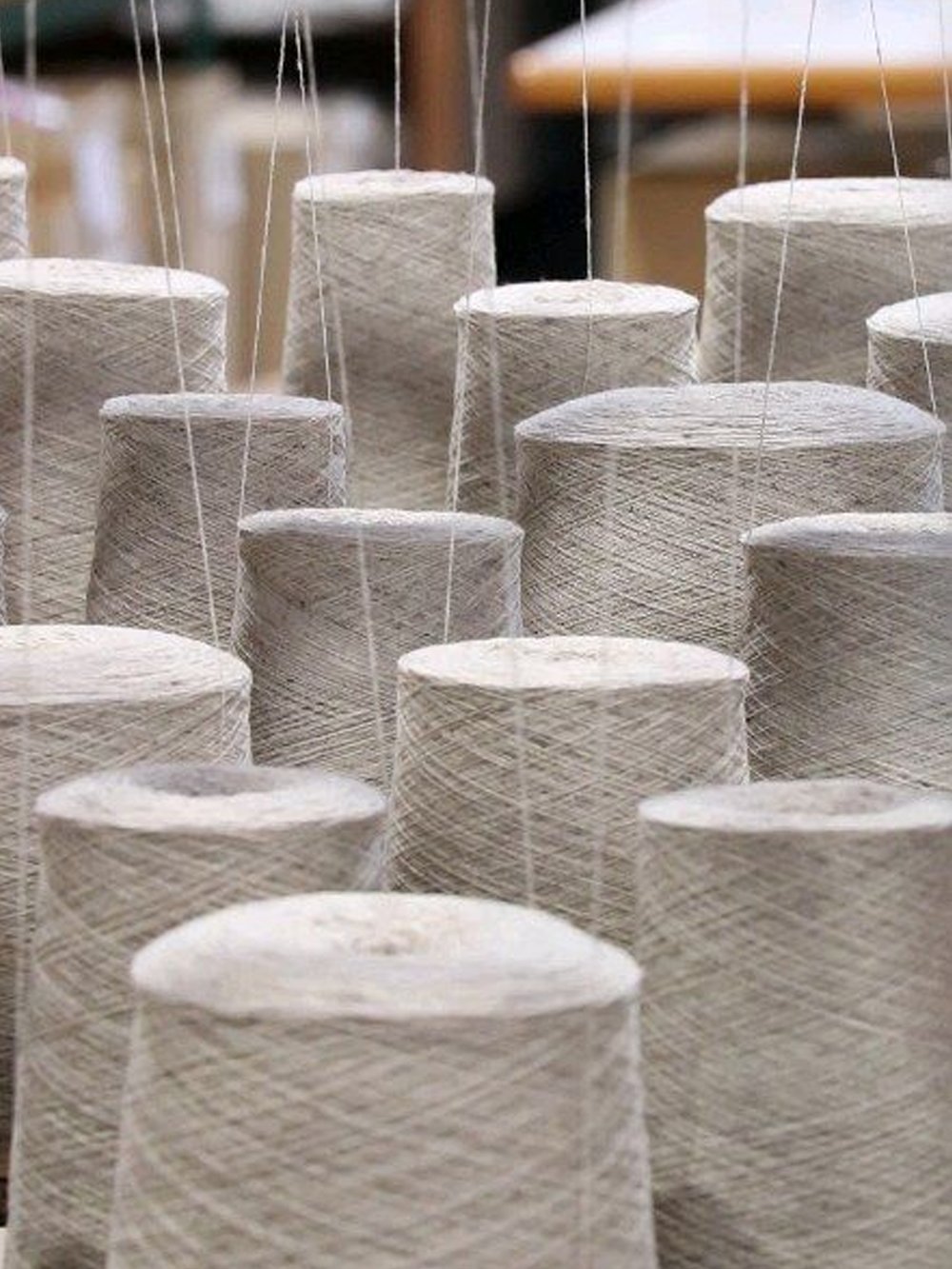
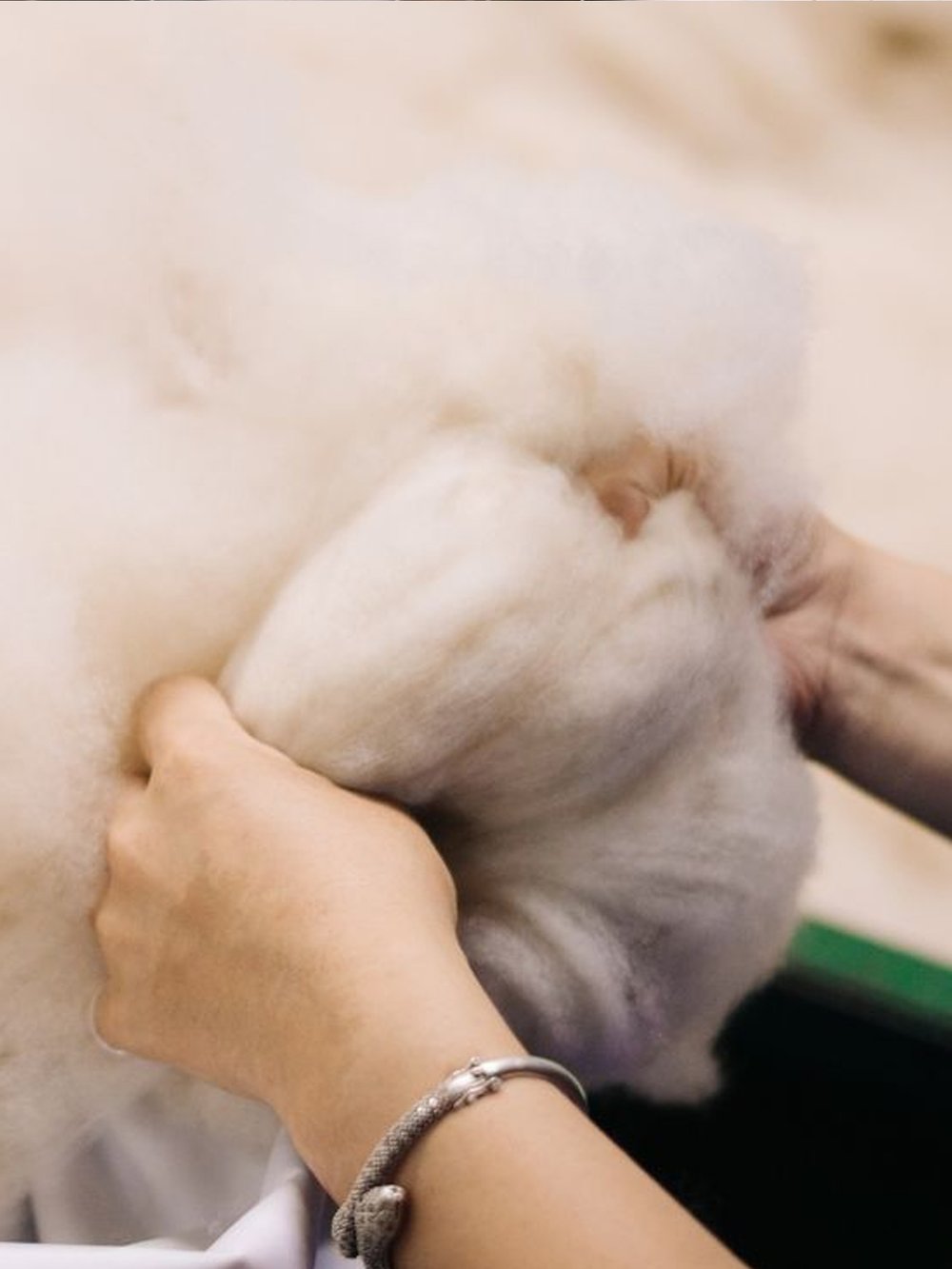
Traditional crafts often embody centuries of accumulated knowledge, techniques passed down through generations and the cultural nuances of a particular place. These processes slow us down, offering a rare moment of mindfulness in an otherwise hyper-digital existence. Unlike mass-produced goods – often designed for rapid consumption and disposal – handmade items cultivate a more profound appreciation for durability, quality and intention. The slow, methodical act of crafting demands patience and presence, engaging the maker in a meditative state that has cognitive and emotional rewards.
"Unlike mass-produced goods – often designed for rapid consumption and disposal – handmade items cultivate a more profound appreciation for durability, quality and intention."
A recent study highlights the psychological benefits of craft, suggesting that hands-on creative activities help lower stress levels, improve focus and even reduce symptoms of anxiety and depression. Study leader, cognitive psychologist Helen Keyes, states that “crafting and other artistic activities showed a meaningful effect in predicting people’s sense that their life is worthwhile. The impact of crafting was bigger than the impact of being in employment. Not only does crafting give us a sense of achievement, it is also a meaningful route to self-expression.” The fact that the act of making reinforces self-worth and resilience is particularly relevant in an era where digital work is dominant and the satisfaction of creating something with one’s hands is rare. Craft reconnects individuals to the material world, counterbalancing the screen-centric nature of contemporary life.
Additionally, craft plays an essential role in fostering sustainable practices. In contrast to fast production cycles that prioritize efficiency and low costs, artisanal processes emphasize responsible sourcing, local materials and minimal waste. Traditional textile production, for example, often employs natural dyes derived from plants and minerals, avoiding the harsh chemicals used in synthetic dyeing. In an age of increasing environmental crisis, embracing craft-based approaches encourages a shift towards thoughtful consumption and an appreciation for objects designed to last a lifetime.
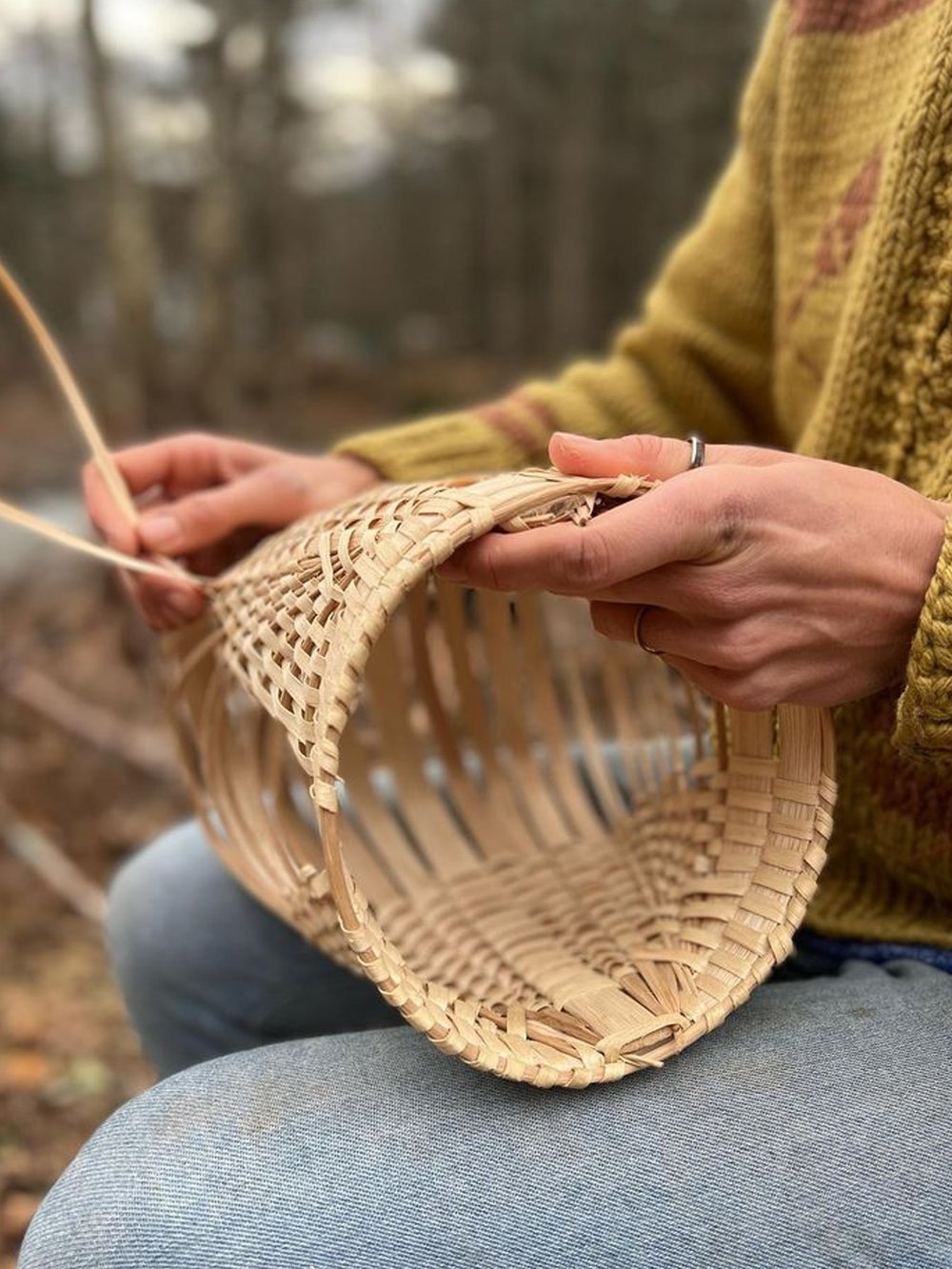
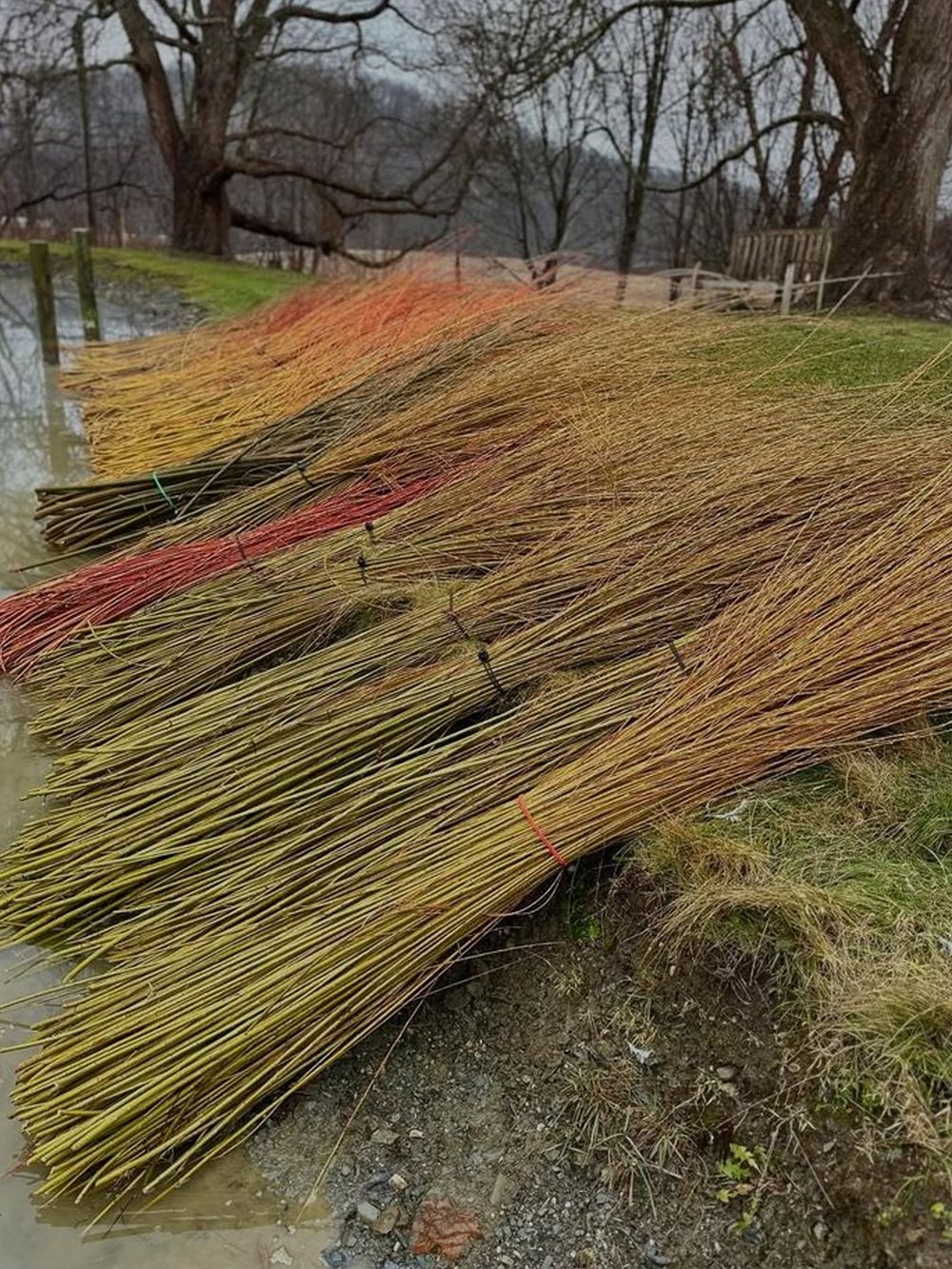
The intersection of craft and technology, while they are often positioned as opposites, can lead to new possibilities. Many contemporary makers blend traditional skills with digital tools, using CNC milling machines to refine woodwork or incorporating 3D printing into ceramics. These innovations do not replace craftsmanship; rather, they serve as extensions of the maker’s hand, allowing for greater precision while preserving the integrity of the handmade process. Digital tools can democratize access to craft, enabling more people to engage with techniques once limited to apprenticeships or specialized training. Platforms like online tutorials and virtual workshops now make it possible to learn age-old skills from around the world, ensuring that artisanal knowledge is not lost but rather adapted to modern learning environments.
Yet, there remains a crucial distinction between digitally assisted craft and fully automated production. AI-generated designs, for example, can replicate patterns and styles, but they lack the human touch – the imperfections, the unique decisions, the subtle variations that imbue objects with character. These nuances are integral to what makes craft so compelling. The unpredictability of hand-thrown pottery, the irregularities in naturally dyed fabric, or the hand-carved details in a piece of furniture all contribute to a sensory experience that machines cannot replicate. In this sense, craft represents something fundamentally human – an interaction between mind, body and material.
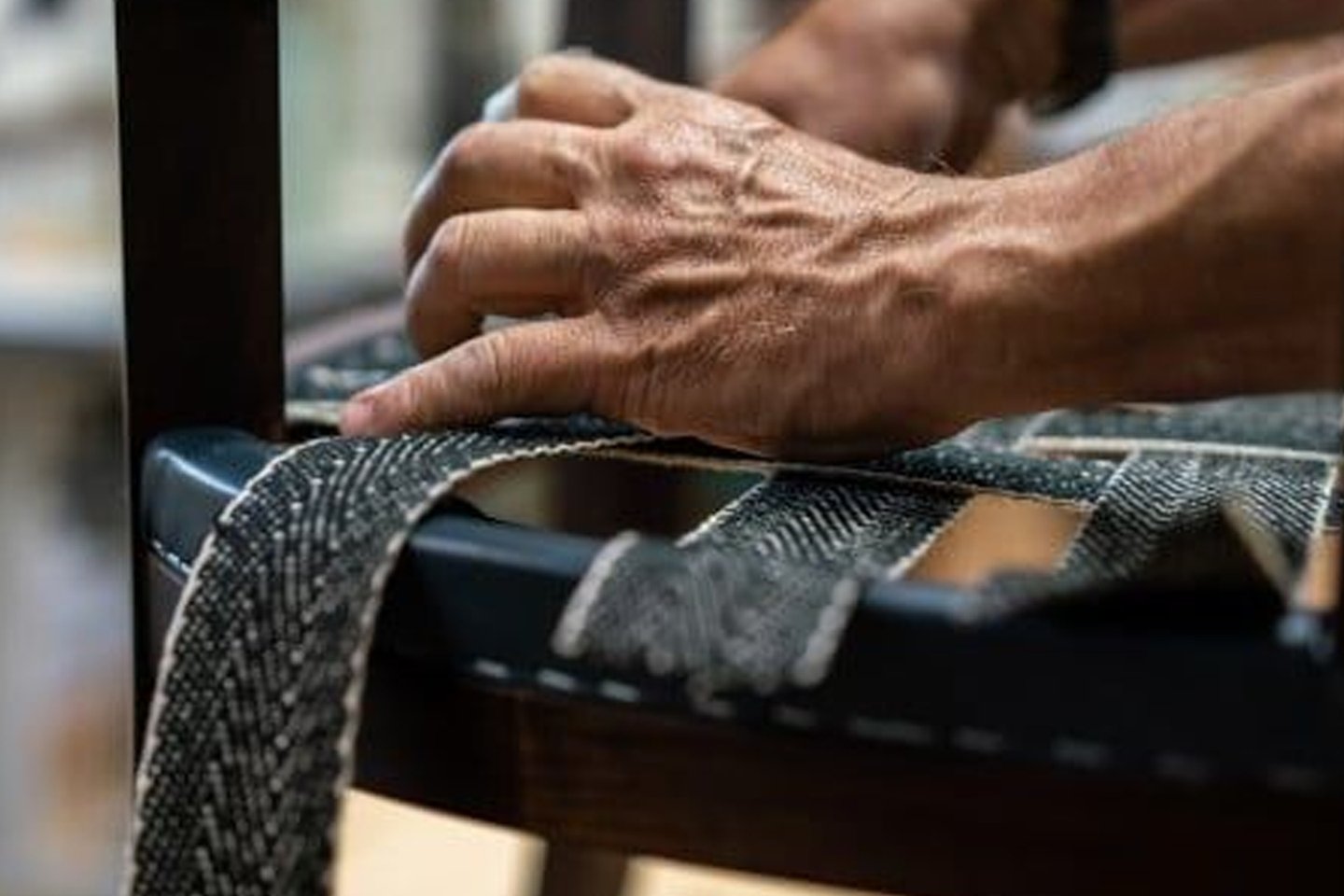
An essential aspect of artisanal craft in the modern age is its role in community and heritage preservation. Around the world, small-scale artisans struggle against the economics that underpin mass manufacturing, making it critical to support and sustain these traditions. By valuing and investing in handmade goods, consumers contribute to the survival of cultural heritage, ensuring that skills honed over centuries do not disappear under the pressures of industrial efficiency. This is particularly significant for indigenous and rural communities, where craft is not just a livelihood but also a means of storytelling, passing down histories that would otherwise be at risk of erasure. One study, focusing on Tripoli, Lebanon, noted the decline of traditional souks and their artisanal wares in the face of a changing economic framework, leading to centuries of heritage in danger of being lost.
Another factor to consider is that an appreciation for craft also aligns with the growing movement toward wellness-oriented living. The spaces we inhabit directly influence our physical and emotional health, and the objects we choose to surround ourselves with matter. Handmade furniture, handwoven textiles and naturally finished ceramics introduce texture, warmth, and authenticity into our environments – elements that are often missing in mass-produced, synthetic goods. Naturally made products are also often devoid of the toxic chemicals and treatments that are harmful to our health. The tactile quality of these handmade pieces invites interaction, reinforcing a sensory connection that promotes comfort and wellbeing.
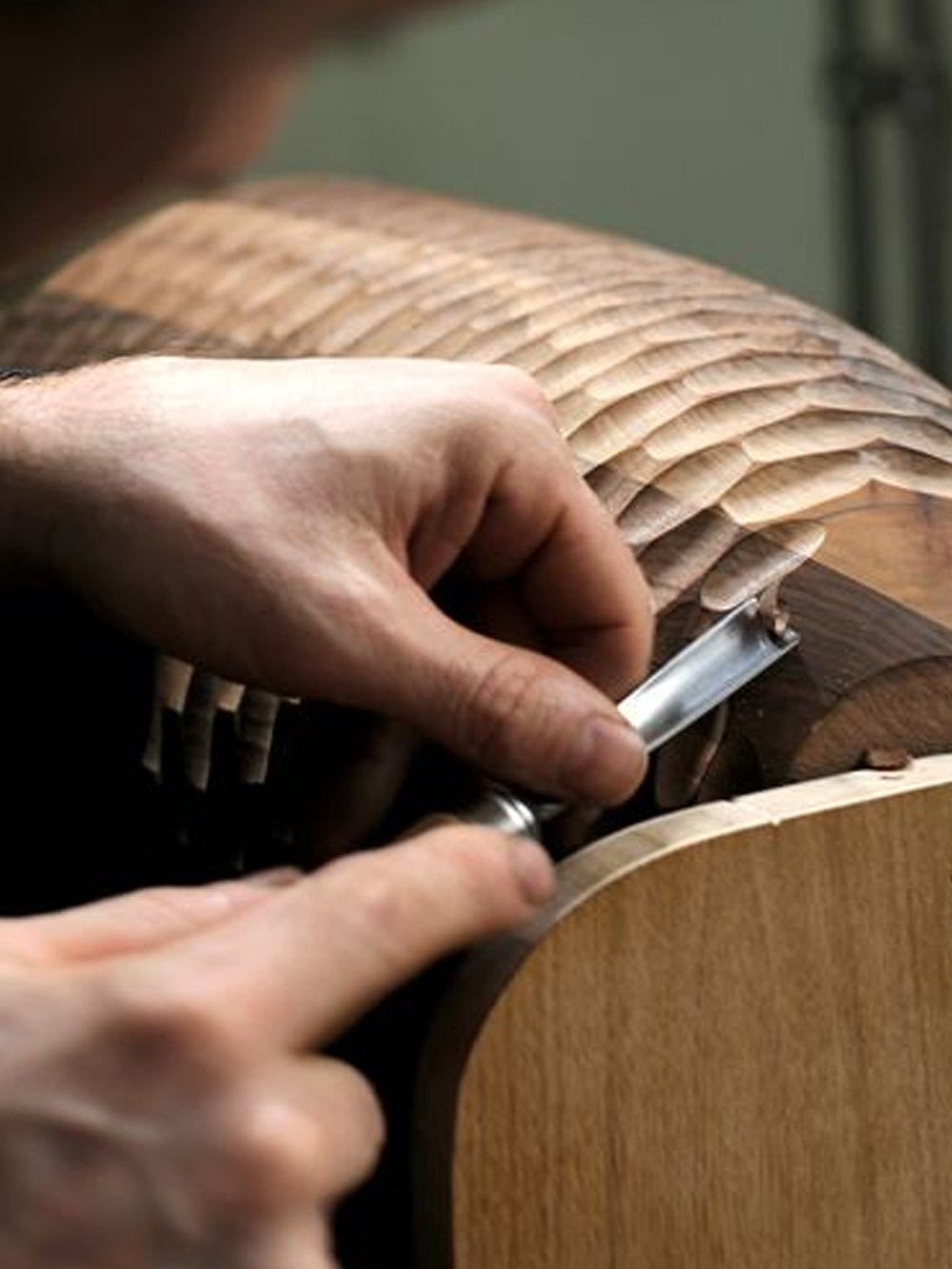
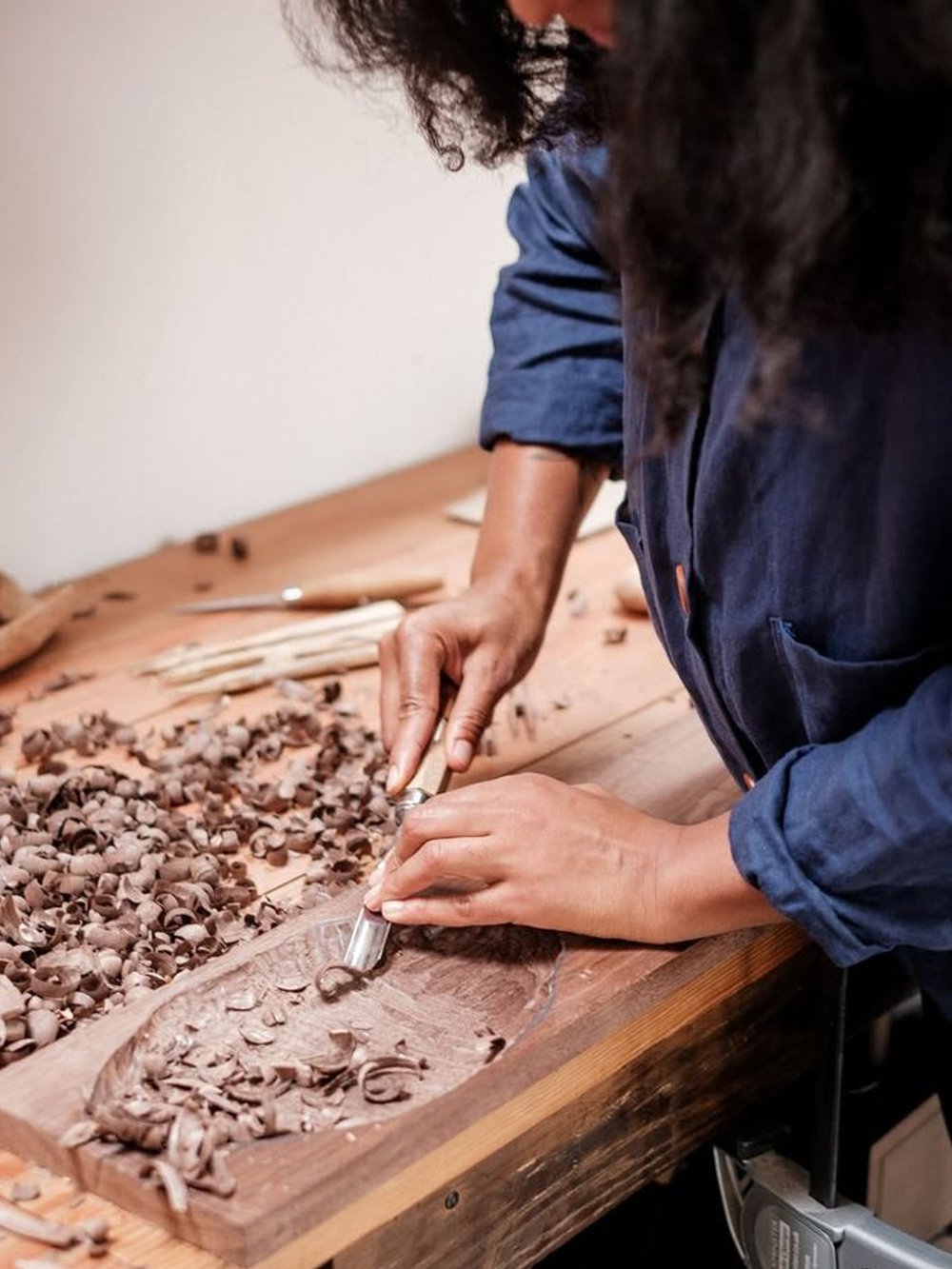
Ultimately, in an era where speed and convenience often take precedence, artisanal craft reminds us of the value of slowness, care and intention. There is a balance to be struck by using digital advancements where they enhance the process while preserving the irreplaceable essence of the handmade. Whether through the quiet rhythm of a weaver’s loom, the deliberate strokes of a calligrapher’s brush, or the precise chiseling of a woodworker’s hand, craft continues to hold an essential place in our collective human experience. In the home, handmade pieces bring warmth, culture and richness that mass-produced or digital elements often lack. The unique character of a handcrafted item, such as its textures, irregularities and the story of the maker, fosters a sense of connection and grounding, turning a house into a more meaningful space. It offers not just objects, but stories, relationships and a mindful connection to the world around us. As we navigate the future, the preservation and evolution of craft will serve as a reminder that some things are not meant to be rushed.
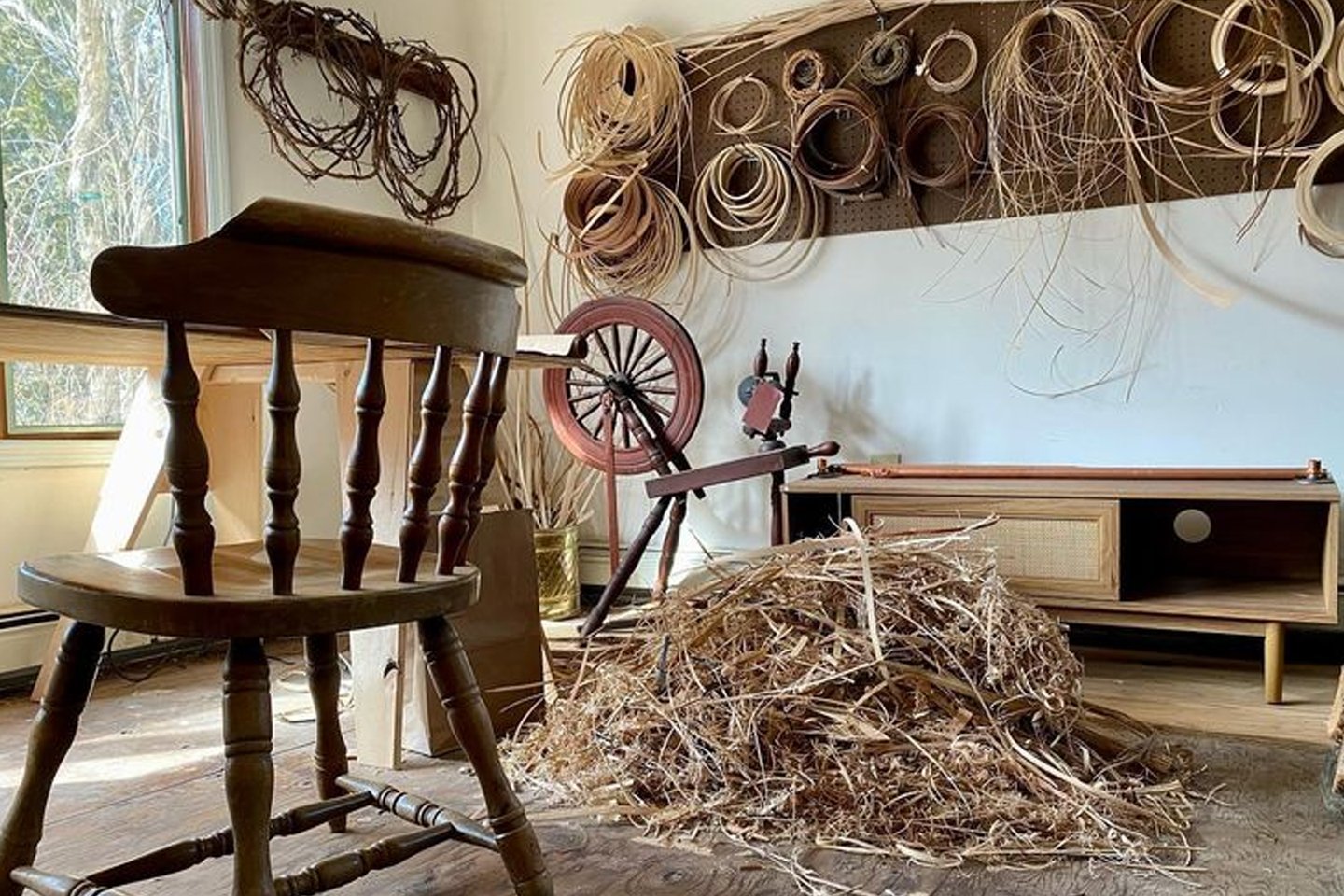
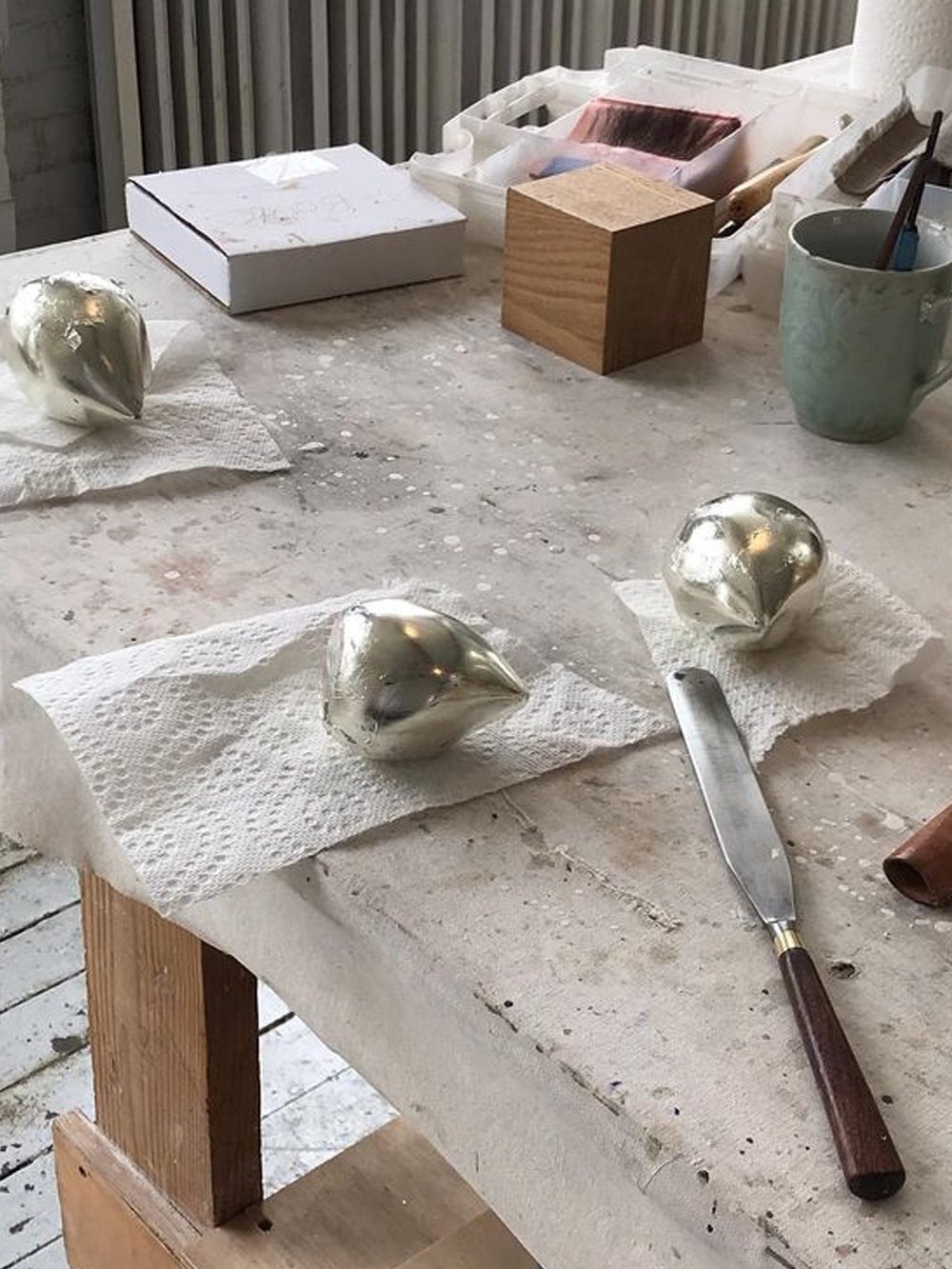


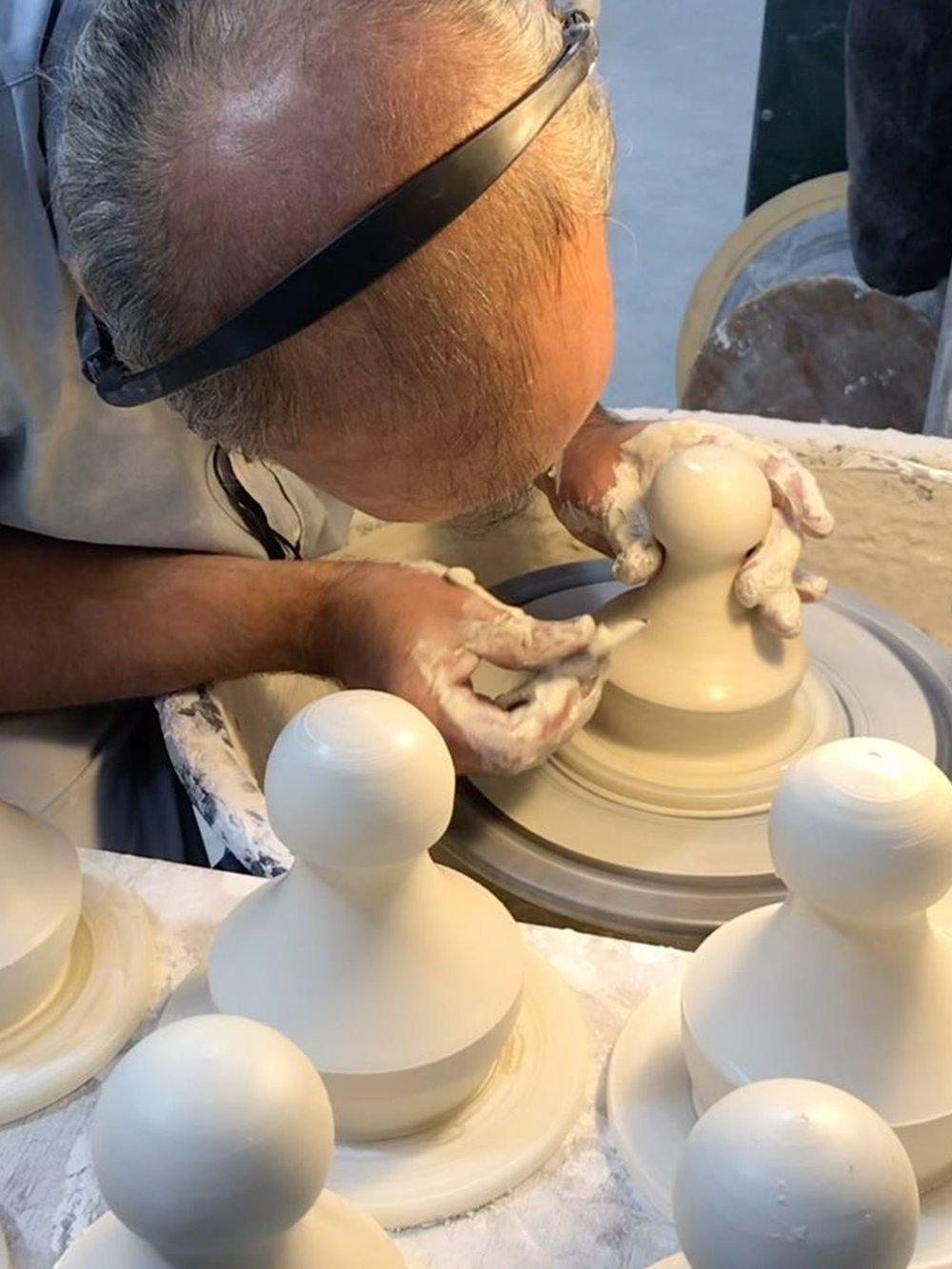
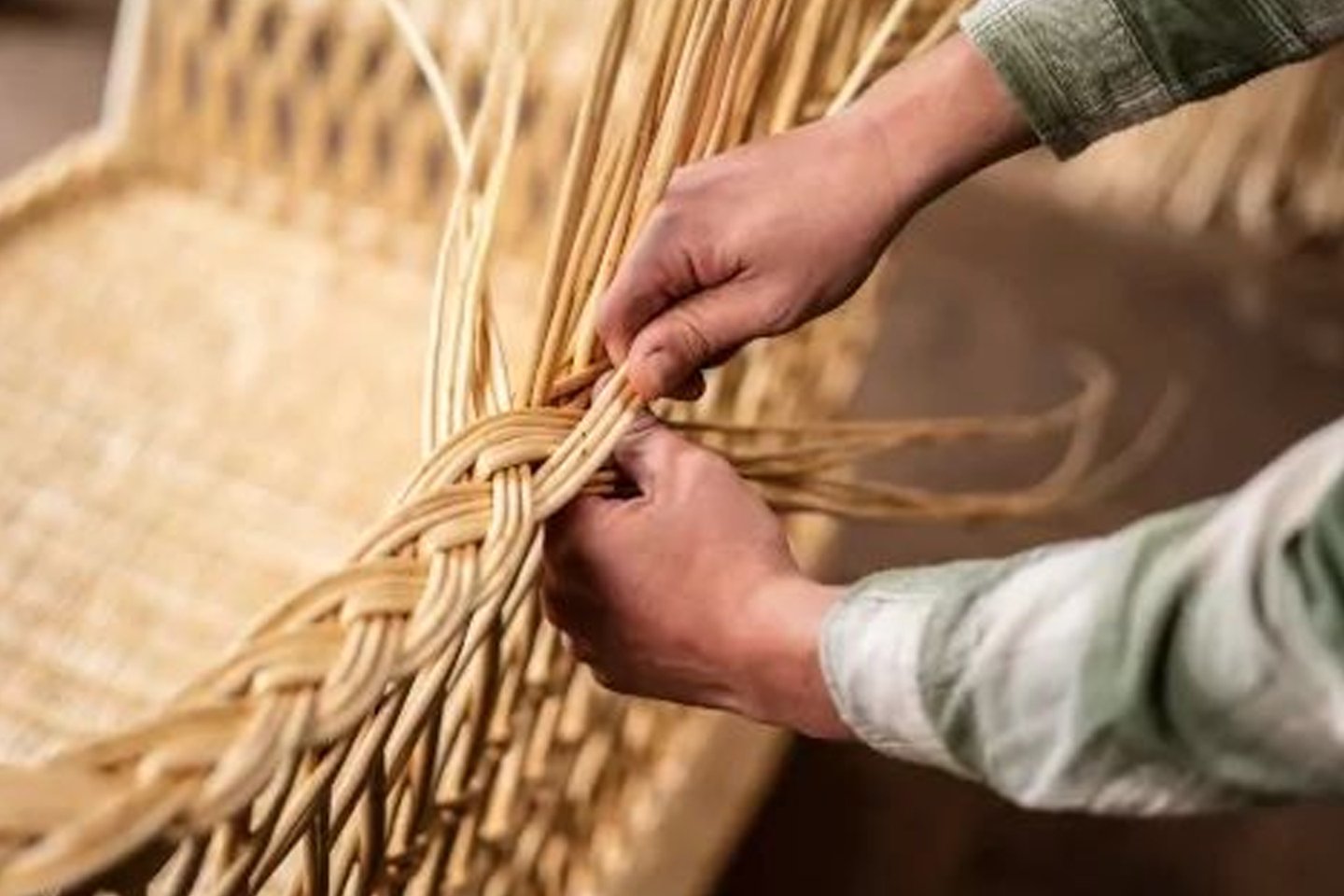
Feature Image: Aiayu works with Bolivia’s indigenous people and is dedicated to craftsmanship and the artisans behind its textiles. Photo courtesy of Aiayu
Photography: Rocio Chacun, Teixidors, Oyuna, Cambium Lost Arts, Soane Britain, Zanat, Daisy Wingate Saul, Carol Leskanic, John Julian

6 min read
WLLW traces the deep roots of natural materials used in artisanal crafts and their role in healthy and sustainable design.
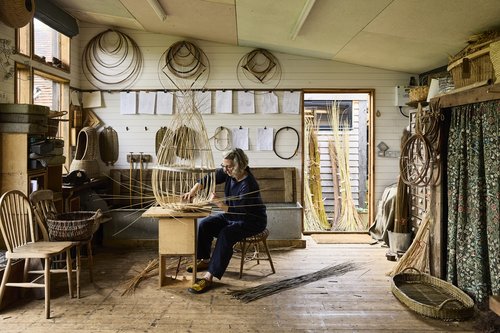
3 min read
At WLLW we seek to inspire a community that values health, sustainability and beauty in design by celebrating the lasting impact of thoughtful craftsmanship.